10 Rules for Your Next Painting Project
Color has always held a special place in my heart. When I was about 9 years old, my parents came up with the great idea that they would let my brother and me redecorate our bedrooms. For me, a young, creative and somewhat excitable child, this was the equivalent of being let loose in a dream world. Off to the paint store we went to choose our new hues. I remember this moment vividly, because I ran around picking out swatches and making color combinations I thought were fantastic. Had my parents known that they would walk out that day with a can each of Sunflower Yellow, Lime Green and Wedgwood Blue, they may have thought twice about giving us the ultimate creative control. Sorry, Mum and Dad!
A little knowhow can go a long way when painting, whether you’re choosing neutrals, pastels or brights. Follow these rules to help guide you to your next color triumph.
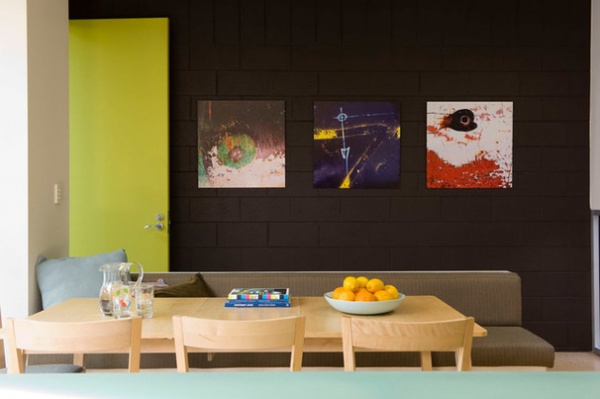
1. Be your own client. Before you start any home modification project — even something seemingly small, like a single feature wall — spend some time researching and getting a sense of what you’re trying to achieve.
When people come to me for design services, I always start by asking a series of questions to get a sense of what my clients are after. Think about what you would say to someone who is looking to understand your painting dreams. For example, what are your favorite colors? (Think clothing.) Is there a feature — an artwork, for instance — you want to help stand out? How do you want to feel in the room?
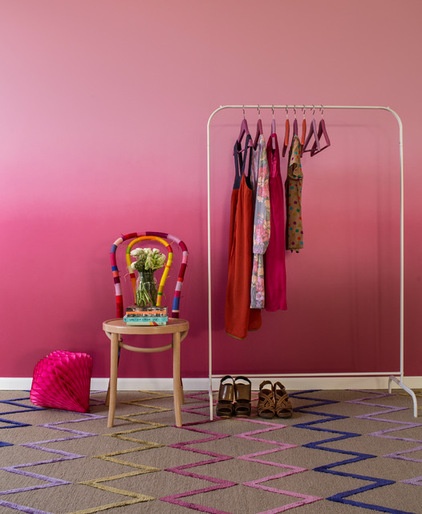
2. File images you don’t like. Use Houzz to gather images that inspire you and save them into ideabooks. With your selection of images, write what you like and, equally important, don’t like about each image. Watch for patterns that emerge. For instance, you may find that your favorite color for accessories is your least favorite color for walls, or that the color you were dreaming of for the bedroom is perfect for the kitchen.
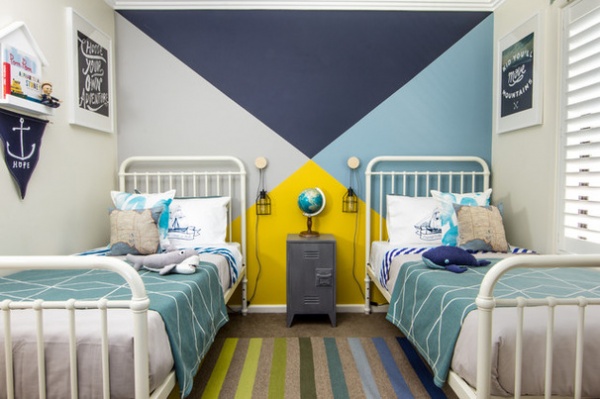
3. Measure your room. Before you set foot in a hardware store, make sure you have measured the surface area you’re going to paint. Each can of paint will cover only a certain area, so go in prepped and save yourself from buying too much or too little. Most retailers have paint calculators to help you work out the amount.
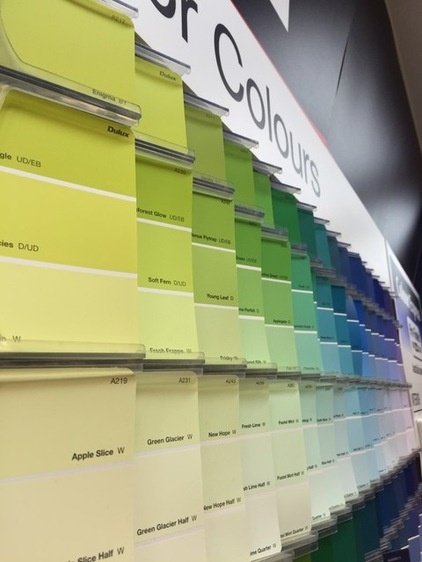
4. Go with your gut. When it comes to love at first sight, especially when talking color, it’s real. I am a firm believer in trusting gut feelings. If you have always loved a certain color, you will probably always love it. Grab the things that jump out at you.
Hardware stores and paint stores, with their vast range of sample paint swatches, are great sources of inspiration. Don’t be shy about taking a bunch of samples home with you — that’s what they are there for.
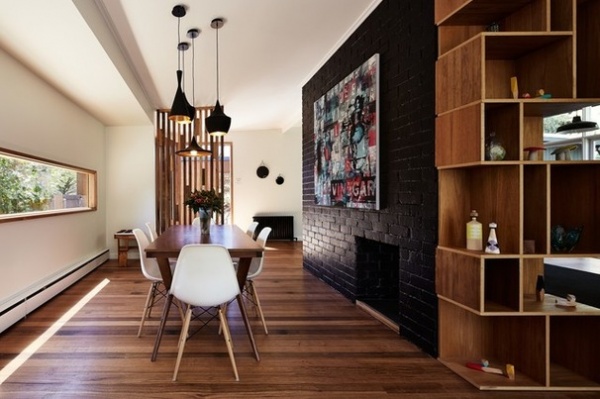
5. Always test first. I always suggest trying out a test batch before taking the plunge and painting an entire wall. Before slapping paint on the wall, find or buy a thick white card and paint it, not the wall. The white card will give you the best impression of the paint. Having the paint on a card means you can stick the card to your wall and move it around to see how it looks in different places and against different furniture. Stick the card to your wall and leave it for several days.
Take note of how the light affects it at different times of the day — in shade, in full sun, at night under artificial light. Color changes in different lights, and it could make you change your mind about the color you’ve chosen.
By painting the card, it also means that if you decide you don’t like the color, you won’t have done any damage that will need patching!
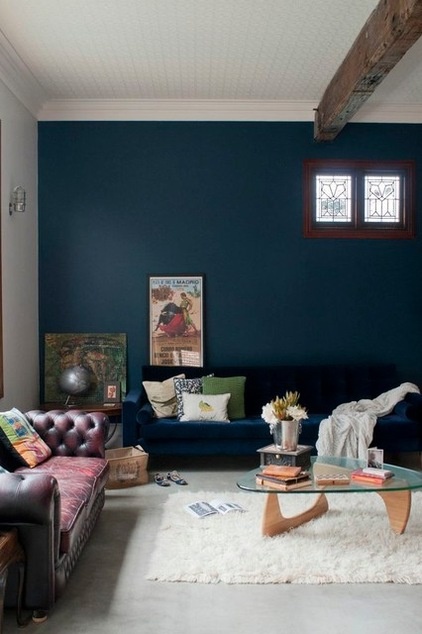
6. Prep your wall. Your new paint is only as good as the wall you’re painting, so make sure you take all the necessary steps in prepping the wall for it.
Start by removing picture-hanging hardware, pins and nails, and patch the exposed holes. Wait for the filler to dry completely before sanding back the excess. Once you’ve patched and sanded back the holes, wash the walls to remove dirt, scuff marks and grime, along with the excess filler that you’ve used to patch those holes.
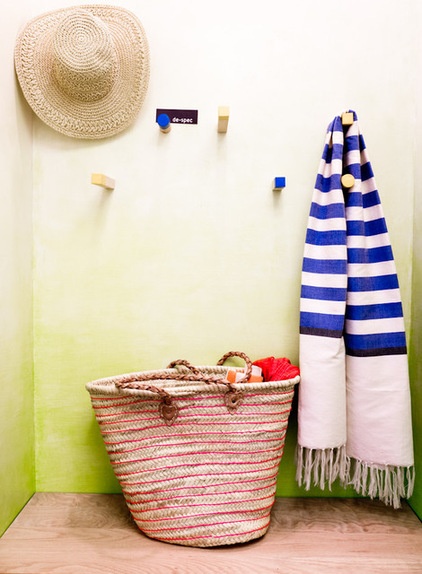
7. Apply a primer. A primer is absolutely necessary if you are trying to paint a light color, like yellow, over a dark wall. Primers also are necessary for new walls (especially drywall) as the raw surface is absorbent. The primer will provide a barrier between the raw material and the finish, which will save the amount of topcoat paint you need to apply for your final color.
Treat any painting job as you would a fresh surface, and apply a primer before embarking on any painting journey. It will help make your colors richer and save you time and effort in the long run.
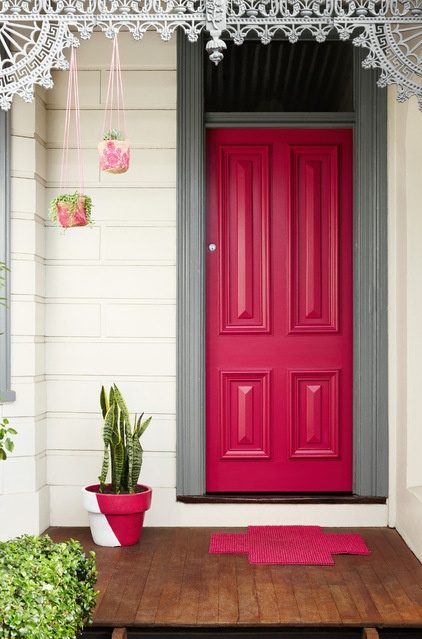
8. Choose the right paint base. There are different paint bases for different applications, and each has a different formula that is specially made for the environment it is intended for.
For example, if you’re painting your kitchen or bathroom, choose a paint base that has antimicrobial particles in the paint itself, which make it more resistant to mold and mildew. If you’re painting an exterior, choose a paint base that is formulated to deal with UV light from the sun, so the colors won’t fade. Ask an expert in the store to help you choose the right base.
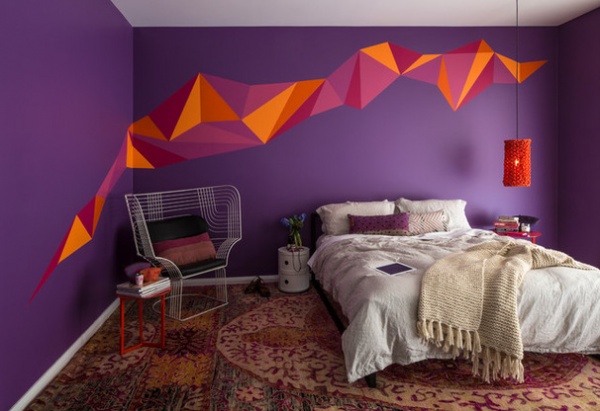
9. Choose quality over quantity. When it comes to painting tools and materials, spend a little extra on decent masking tape, brushes and rollers. Not only do high-quality tools make the paint last longer, but they will also help the paint adhere to the wall better and will be less likely to leave roller fibers and brush hairs on your walls.
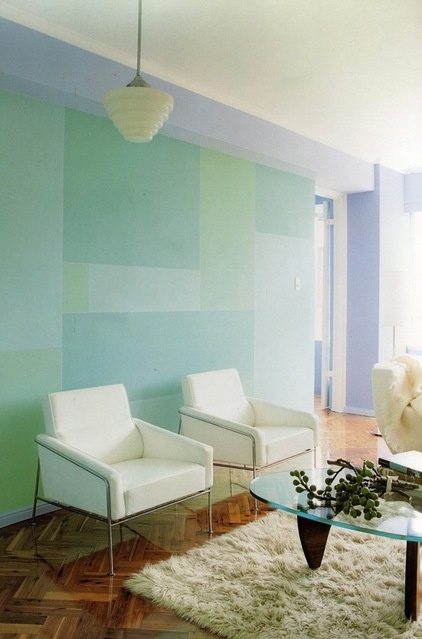
10. Seek help if you lack confidence. If you’re not confident in making color decisions by yourself, consider contacting a local designer, decorator or color consultant; don’t wait until it’s too late. It is our job to help you visualize your space, as well as to offer a different perspective and ideas that you might not have thought about.
The same goes for painting. If you’re not into DIY and couldn’t think of anything worse than painting a wall (let alone a room), there are plenty of professionals out there who will be able to do the work for you.
Find a home professional in your area
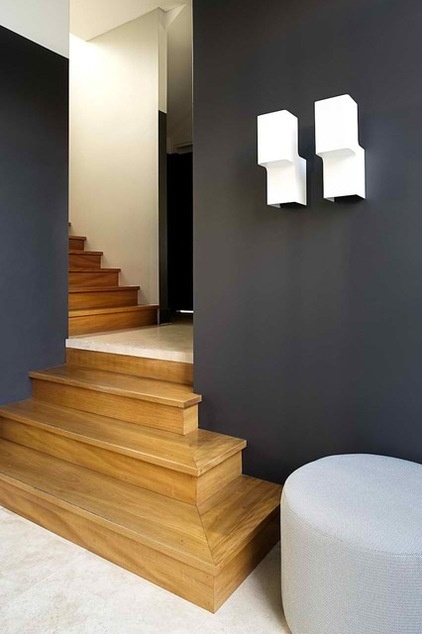
Tell us: Are there any painting rules you swear by? Share your painting tips and tricks in the Comments.
More:
12 Tried and True Paint Colors for Your Walls
Bulletproof Decorating: How to Pick the Right Kind of Paint












